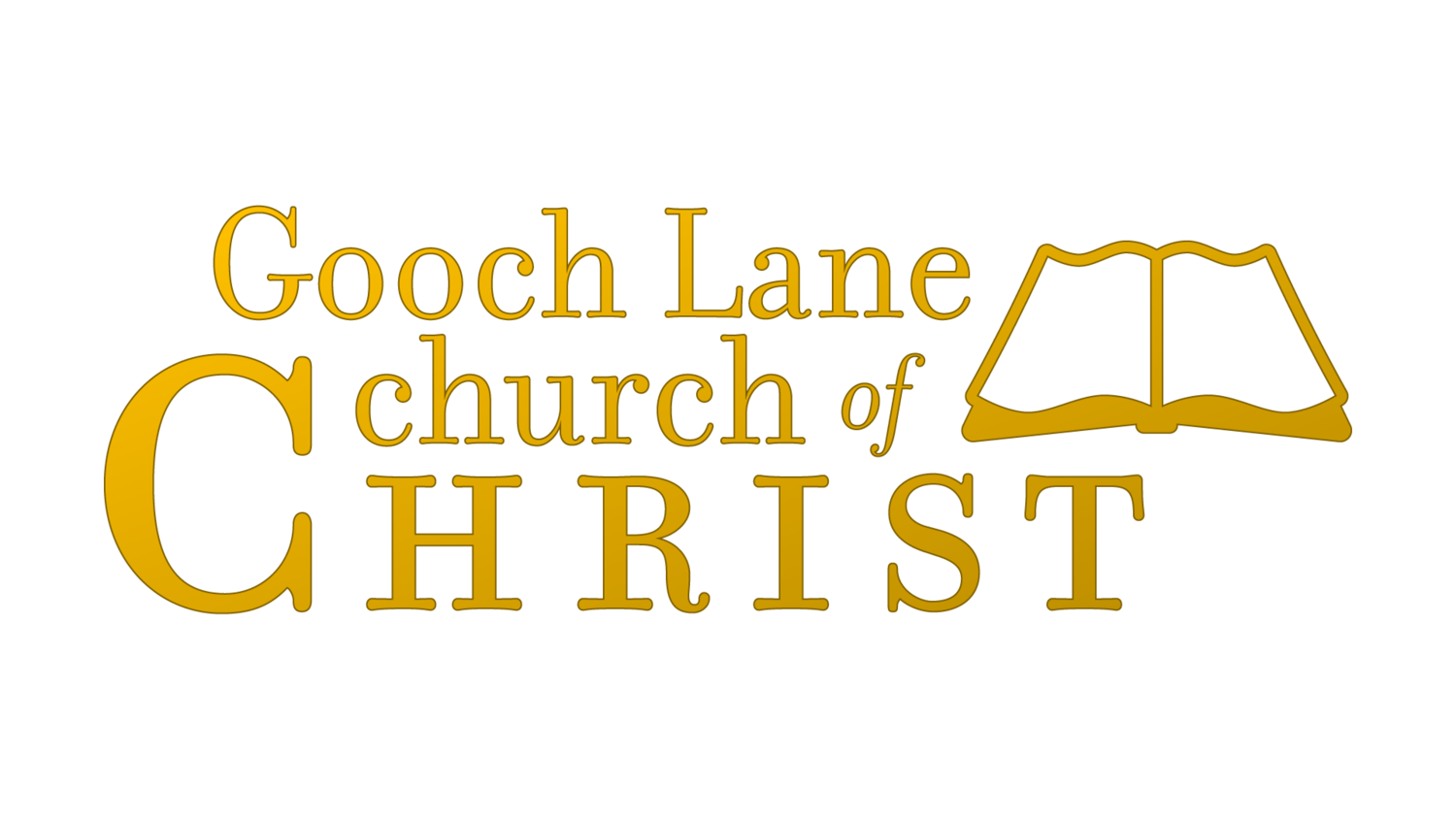Greg Chandler
01/13/19
No, this article is not discussing whether a wall, fence, or slatted structure should be built on the United States’ southern border; instead, it deals with borders created by Stephen Langton and Robert Stephanus. While these names are unfamiliar to most, Bible readers have become accustomed to the borders they created long ago. Langton, who served as the Archbishop of Canterbury from 1207-1228 is credited with devising chapter breaks within the Bible and Stephanus, a printer in the 16th century, is credited with creating a system of numbering verses. Through their efforts, Bible readers, teachers, and students have been given an easy way to reference the portion of God’s word under consideration. What, though, if the borders were removed? Would the approach to reading the Bible be any different?
In regard to the latter question, I undertook the challenge to read a version of the Bible with no chapter or verse breaks as a part of my daily Bible reading in 2018. It only took about a week of reading to realize that, from my perspective, the answer to this question is yes! Below, I will share some of my observations, as well as some suggestions, regarding use of an “open border” Bible:
Based on the above observations, consider a few suggestions:
As Paul wrote to Timothy, he stated, “All Scripture is breathed out by God and profitable for teaching, for reproof, for correction, and for training in righteousness, that the man of God may be complete, equipped for every good work (II Timothy 3:16-17 ESV). Every child of God should allow His word to grow more dear each passing day. All should be committed to reading His inspired message in order to grow in holiness and to live as He instructs. May we each commit ourselves to becoming not only effective students, but also effective readers of His message to us.
